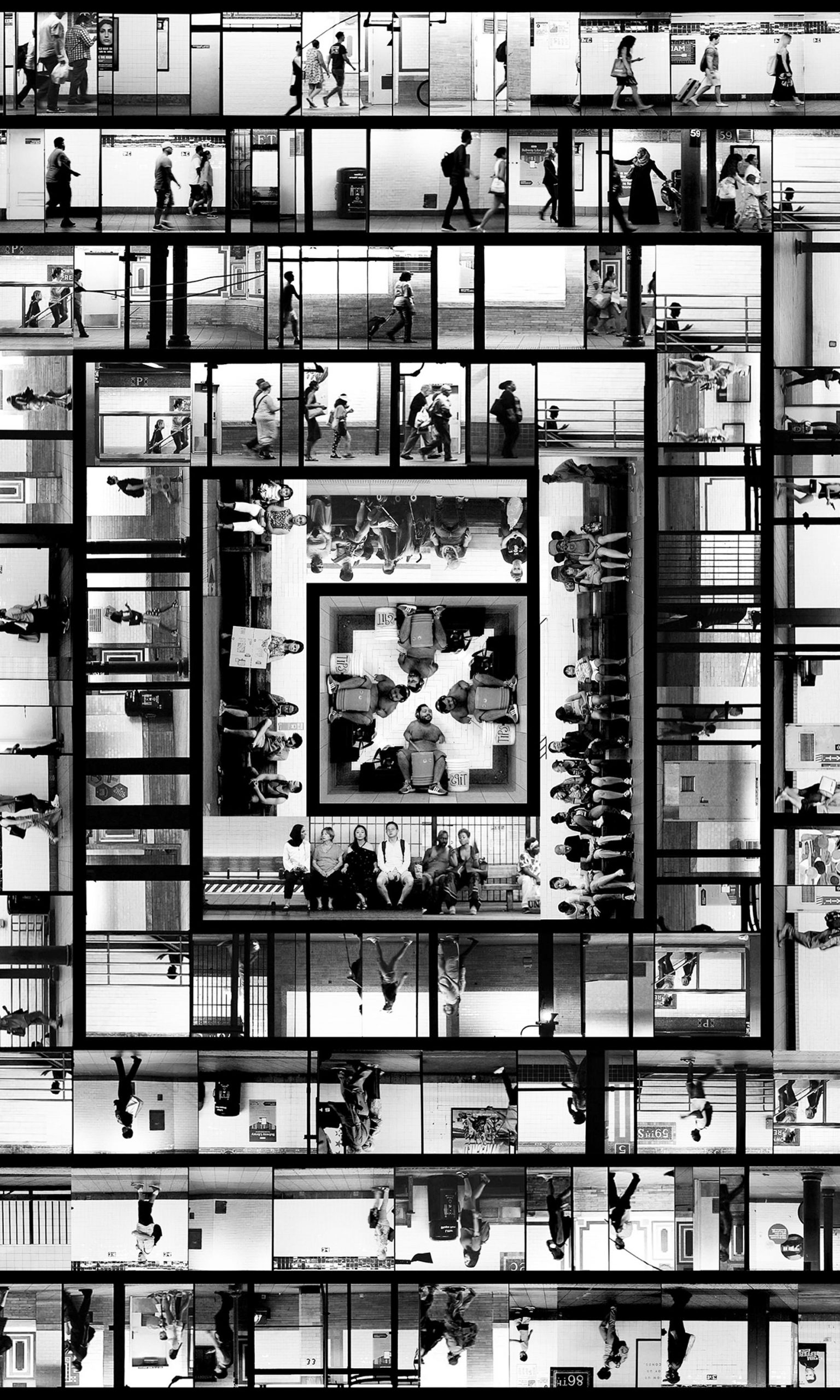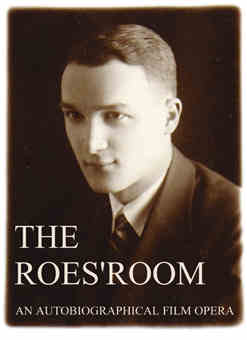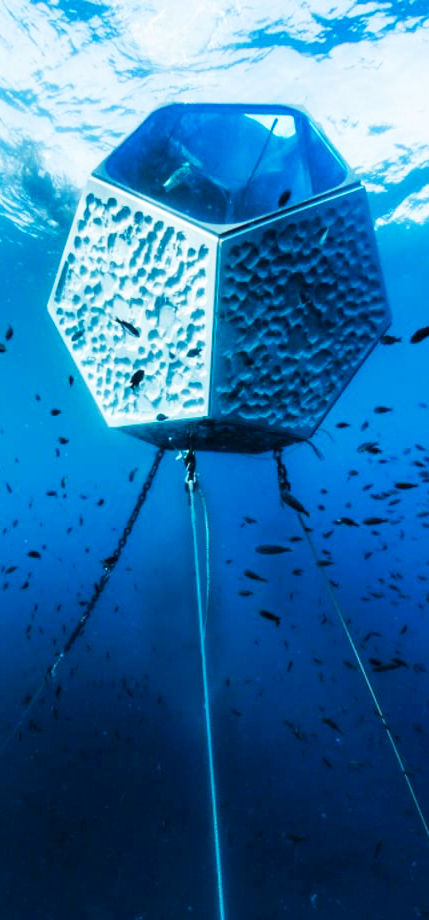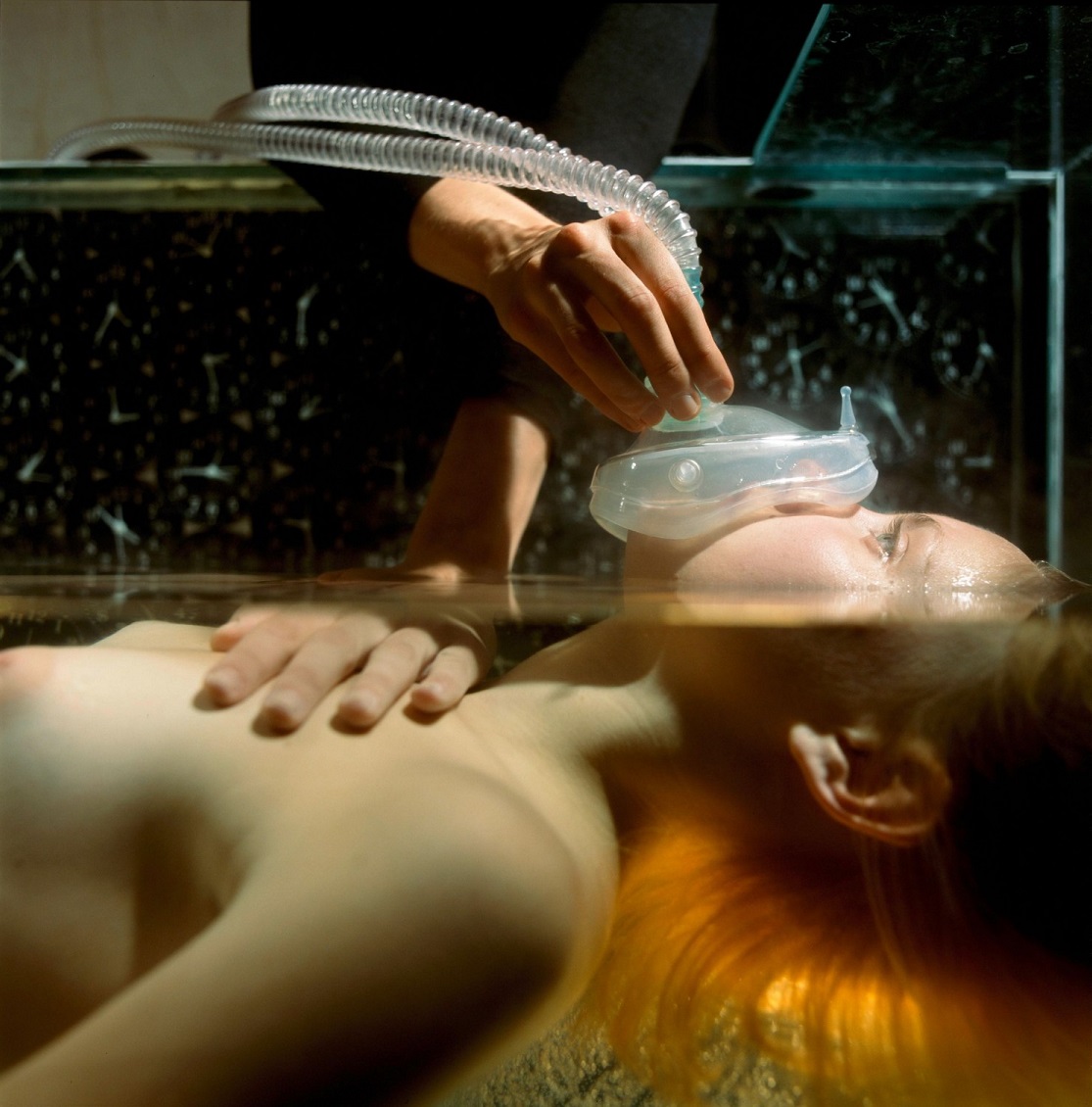Augmented Shadow
File Festival
Augmented Shadow is a design experiment producing an artificial shadow effect through the use of tangible objects, blocks, on a displayable tabletop interface. Its goal is to offer a new type of user-experience. The project plays on the fact that shadows present distorted silhouettes depending on the light. Augmented Shadows take the distortion effect into the realm of fantasy. Shadows display below the objects according to the physics of the real world. However, the shadows themselves transform the objects into houses, occupied by shadow creatures. By moving the blocks around the table the user sets off series of reactions within this new fantasy ecosystem. In this installation, the shadows exist both in a real and a virtual environment simultaneously. It thus brings augmented reality to the tabletop by way of a tangible interface. The shadow is an interface metaphor connecting the virtual world and users. Second, the unexpected user experience results from manipulating the users’ visual perceptions, expectations, and imagination to inspire re-perception and new understanding. Therefore, users can play with the shadows lying on the boundary between the real, virtual, and fantasy. Augmented Shadow utilizes this unique interface metaphor for interactive storytelling. Maximizing the magical amusement of AR, it is embedding an ecosystem where imaginary objects and organic beings co-exist while each of them influences on each other’s life-cycle, even though it is not in use by users. Light and shadow play critical roles in this world’s functions causing chain reactions between virtual people, trees, birds, and houses. A set of tangible blocks allows users to participate in the ecosystem. Users can influence on the system by playing with the blocks or observe the changes of the shadows as if kids were playing with an ant farm.














